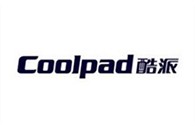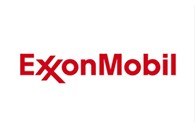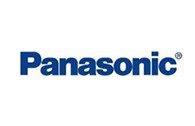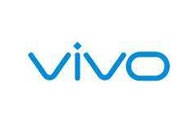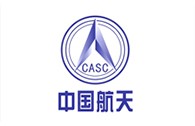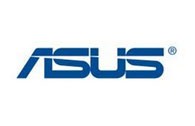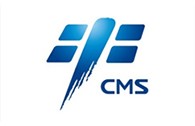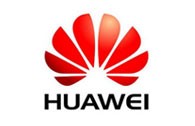Core technologies in the connector industry
Thousands of standards and customized connectors for application requirements are used in various electrical and electronic devices, although not as popular as resistors and capacitors. Every year, billions of connectors are used to connect circuits, packaging, brackets, cables, and systems
The main function of connectors is to provide detachable electromechanical connections: package to board, board to board, subsystem to system, device I/O, cable components, connectors can be used to update or maintain products, connect systems and peripheral devices, such as local area networks, and serve as interfaces for communication, building construction, cities, and more The terminals of the connector include copper alloy materials such as brass, bronze, and beryllium copper, as well as optical fiber materials used for signals, power supply, testing, burn in, production equipment, and networks
Within the device, connectors and sockets do not frequently cooperate and are mainly used to connect subsystems during device assembly This application characteristic (infrequent insertion and removal - interface susceptible to corrosion) and the requirement for high compatibility and long-term reliable connection pose a challenge to the design of internal connectors in equipment
However, IO connectors require both high plug and unplug life and convenient compatibility, which is another challenging aspect of connector design
Application scenarios have unique electrical, mechanical, and environmental performance requirements for many connectors, including various advanced and high-end computers, communication devices, special transportation vehicles, washing machines, high-definition televisions, digital cameras, mobile phones, traffic lights, vending machines, Apple iPods, etc Their connectors and wiring plugs range from simple wire terminals to pointed backplane connectors and value-added connection components
For a large number of connectors with universal standards, such as USB and RJ45, standards play an increasingly important and influential role, expanding the market and application areas of these standard connectors Their availability, penetration into application areas, and cost advantages further consolidate their position as standards
The main content of connector design:
Connector terminals - size, shape, spacing, metallurgy, contact physics, failure mode
Electroplating materials, electroplating processes, and electroplating characteristics
Connector plastic materials, such as injection molding, insert molding,
Mechanical and electrical performance simulation analysis, such as HFSS, Solidworks simulation
Termination technologies such as IDC, Crimp, and Terminal Block
Packaging and board insertion technology
Connector design
Improvements in material technology (metal alloys, electroplating) and electronic and mechanical design have made connector design more reliant on cutting-edge technology
CAE (such as finite element analysis/FEA/simulation analysis) technology In addition, serial interface technology solves the transmission speed of copper connectors
And bandwidth issues
From a technical perspective, fiber optic connectors are more suitable for high-speed and low loss applications in communication, high-performance computers, networks, and special application fields
Requirements for consumption and no noise However, a prominent issue with optical fibers is the branching and diffusion of signals at the connection, in which copper connectors are increasingly sophisticated But overall, fiber optic technology has developed rapidly and is undoubtedly the mainstream of the electronics industry For example, semiconductors are developing towards the integration of fiber optic technology The problems to be solved are loss, transmission delay, and high cost
Wireless technology (WiFi, WiMax) is replacing connectors and cable components in certain fields of personal computers/LANs and mobile phones (handsets), and more connectors may be affected in the future But in this field, more power supplies are using USB connectors, expanding the USB market
core technology
The connector industry includes some core technologies, which are the center of design and production These core technologies have been accumulating and developing
Exhibition and Progress:
Metal smelting and metal forming: The trend of miniaturization and miniaturization of connectors will lead to electrochemical machining technology entering the processing scope of connector terminals The rise of interface serial technology can ease the process of miniaturization - serial technology allows for larger terminals and fewer terminals
Electroplating: Implementation and optimization of lead-free process
Contact Physics: Constrains terminal design, mating force, and sliding distance
Materials: Heat dissipation issues continue to arise and solutions are constantly being updated
Assembly and Packaging: Handmade Lines (Mainstream - Present), Automatic Lines (Future) - Developing Countries
Mechanical and electrical design: The ability of design tools (such as FEA) is still acceptable, and continuous improvement is needed in the future
Process and assembly design: Craftiness suitable for global production is a challenge
Global logistics and electronic trading systems: developing in large-scale global manufacturers
Environmental regulations: affecting the connector industry and not becoming a major obstacle
